Antibody engineering has revolutionized medicine right? We can make natural immunity proteins into efficient therapeutic tools which is remarkable. It seems like we’re uncovering new treatments. Scientists have been using techniques such as humanization and recombinant DNA technology to develop monoclonal antibodies (mAbs) targeting disease related antigens.
These developments have resulted in treatments for cancer, autoimmune disorders and infectious diseases. Also the new generation of antibodies is more selective, less likely to cause immunological reactions and works better in therapy. Biotherapeutics have really come a long way.
Humanizing antibodies involves making non human antibodies look and act like ours. This has been crucial in reducing patient immunological reactivity. Using CDR grafting antigen binding specificity can be maintained while lowering immunogenicity. This approach helped create multiple FDA approved therapeutic antibodies demonstrating its importance.
Have you heard about the recent breakthroughs in antibody engineering? They’ve made therapeutic antibodies not just safer but also way more versatile. Fc engineered antibodies, bispecific antibodies and antibody drug conjugates are shaking things up in targeted medicine.
Are you looking forward to seeing how these innovations transform modern medicine? Let’s dive into the strategies that make up therapeutic readiness.
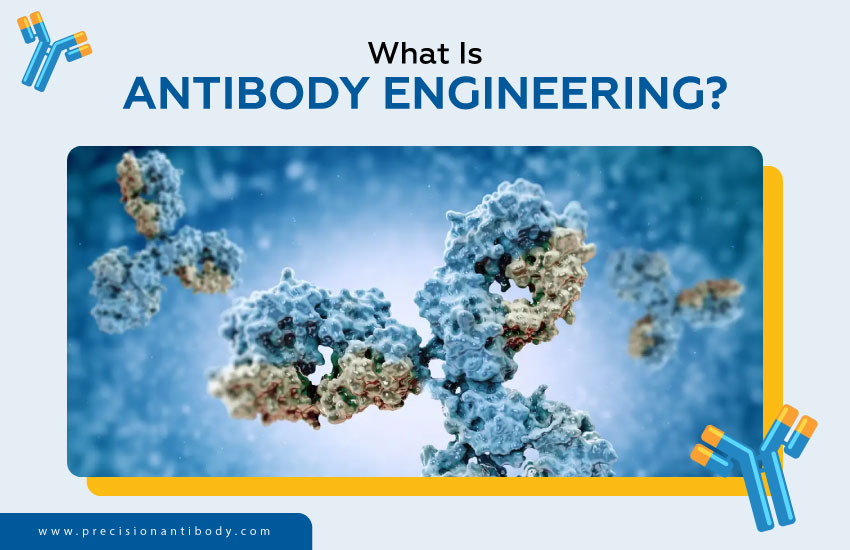
Antibody engineering is all about intentionally refining monoclonal antibodies using molecular biology and protein design methods. The goal? To make them more useful in clinical settings and research. It allows scientists to customise antibodies for better specificity, lower immunogenicity, longer half life and added functions like specificity or delivering payloads.
Over the past few decades we’ve witnessed some exciting advancements in antibody engineering that have created new treatment possibilities. So we’re diving into humanized antibodies, antibody drug conjugates (ADCs) and bispecific antibodies. These innovations have truly changed the way we approach diseases like cancer, autoimmune disorders and infections.
Now when we’re talking about antibody engineering there are a few key goals that folks typically keep in mind. It’s all about ensuring that the antibodies are effective, safe and can be produced easily for therapeutic purposes.
Antibody engineering is changing the game in medicine. It’s all about creating therapies that are safer, more effective and super specific. When it comes to improving binding or creating multifunctional formats every engineering goal addresses a specific clinical need.
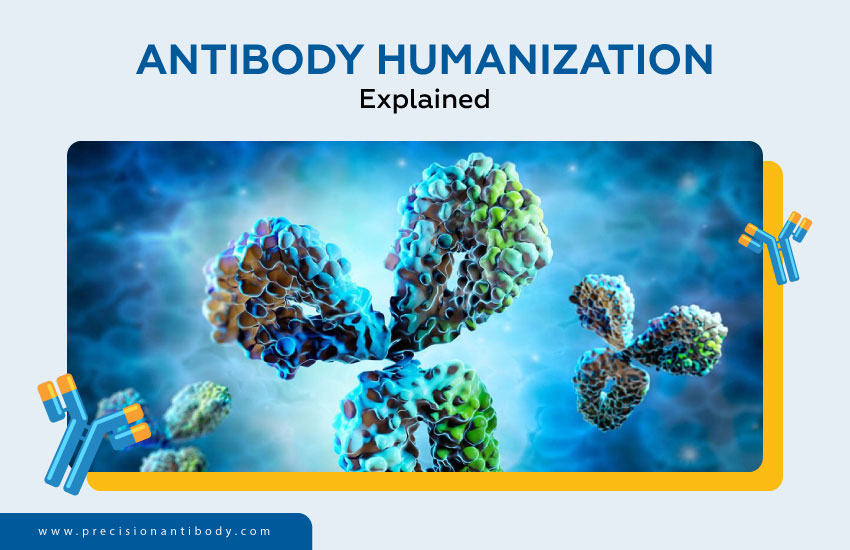
Monoclonal antibodies from mice or non human species can trigger an immune response in humans leading to side effects and reduced treatment effectiveness. However the process of humanization has successfully mitigated this issue.
Antibody humanization is all about refining non-human antibodies usually from animals like mice so they look and act more like human antibodies. This change is significant because non human antibodies can cause immune reactions when they enter the human body which can lower their effectiveness and possibly lead to some unwanted side effects.
Despite humanization there’s still a risk that the immune system may identify parts of the antibody as foreign.
Strategies to mitigate this include:
When researchers and clinicians understand the principles and importance of antibody humanization they’re better equipped to design and use antibody based treatments that are not only highly effective but also safe for human use.
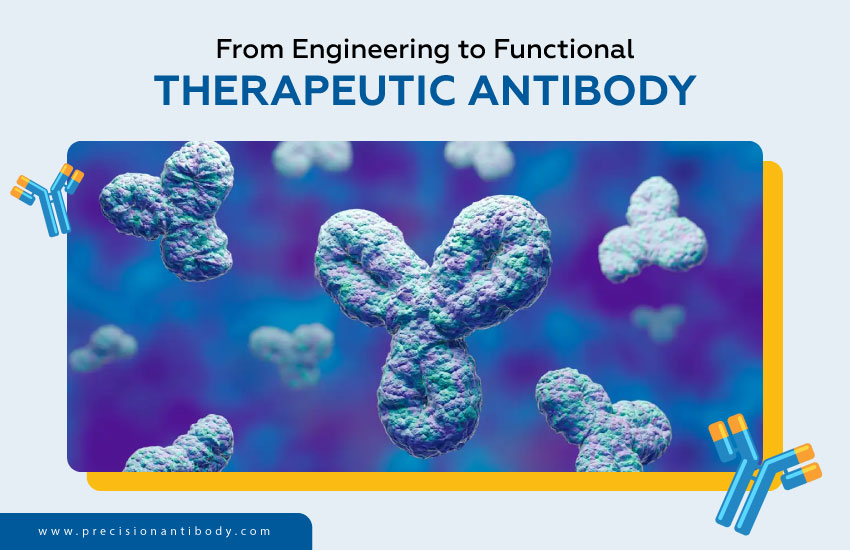
Designing an optimized antibody is only the beginning. The real challenge lies in turning that molecule into a consistent, functional and scalable therapeutic product. This involves extensive downstream development processes.
First off we start by figuring out the right target antigen that’s linked to a specific disease. After we identify the antigen we go ahead and produce and purify it to ensure we have a stable and high quality supply ready for immunization or in vitro screening.
Getting the antigen preparation right is super important because it really affects how well the antibody discovery process works. Using high quality antigens is really important because they help create strong immune responses and lead to accurate screening results. This is crucial for discovering and developing therapeutic antibodies.
You can create antibodies in a few different ways:
They screen the generated antibodies to find the ones that really stick well and specifically target the antigen we’re interested in. We use techniques like enzyme linked immunosorbent assay (ELISA), surface plasmon resonance (SPR) and flow cytometry to check out binding characteristics.
Finding the right candidates from the huge pool of antibody repertoires is super important for moving forward with development. It’s all about efficient screening and selection to pinpoint those high potential options.
Selected antibodies are thoroughly characterized to evaluate their binding affinity, specificity and functional activity. Optimization can include affinity maturation which is when mutations are added to boost binding strength along with engineering to improve therapeutic features like stability and lower immunogenicity.
To reduce the chances of immune reactions in people scientists humanize non human antibodies. This process is all about modifying the framework regions of the antibody so they look more like human antibodies but still keep that important ability to target specific antigens.
Humanization strategies include complementarity-determining region (CDR) grafting and framework region optimization.
So, the final step is really about boosting the production of those optimised antibodies and ensuring they perform effectively in preclinical models. We’re talking about creating antibodies in mammalian cell cultures and then doing some in vitro and in vivo tests to see how effective they might be for therapy.
Getting successful antibody drugs off the ground undoubtedly hinges on having solid production and validation processes in place.
If researchers stick to this detailed engineering workflow they can create therapeutic antibodies that are not just effective but also safe for clinical use.
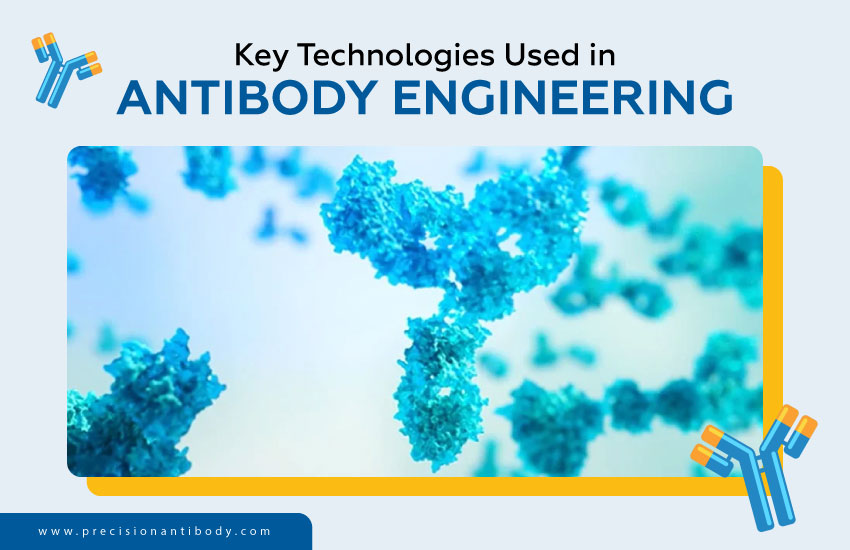
Antibody engineering has indeed changed the game in therapeutic development. It allows us to create antibodies that have better specificity, affinity and functionality. There are a few important technologies that really support this area and each one plays a special role in how we design and improve therapeutic antibodies.
Site directed mutagenesis (SDM) lets researchers bring particular mutations into antibody genes, therefore allowing fine tuning of binding affinity and specificity. Targeting the complementarity-determining regions (CDRs) will help to improve antigen recognition.
For example, a study using in vitro mutagenesis showed that adding mutations inside CDRs dramatically raised antibody affinity. By using CRISpen/Cas9-mediated repair processes, advanced techniques such as homology directed mutagenesis (HDM) expand this idea and help to create different antibody libraries straight in mammalian cells.
In antibody engineering, computational methods have grown to be absolutely essential for structure prediction, affinity maturation and immunogenicity evaluation. Large language models have recently been used to more precisely predict antibody structures therefore addressing issues related to the hypervariability of antibodies.
These in silico techniques let scientists sort through large antibody databases to find candidates with best fit for therapeutic development.
The gold standards for recombinant antibody manufacture are Chinese Hamster Ovary (CHO) and Human Embryonic Kidney 293 (HEK293) cells. CHO cells are fit for generating therapeutic proteins since they are well known for their human-like post-translational modifications.
Conversely, HEK293 cells provide fast generation of antibodies in suspension cultures by offering great transfectivity and fast proliferation. Essential for clinical grade antibody production, scalability and consistency are guaranteed by these systems.
Precise characterization of antibody-antigen interactions is absolutely essential Ideal for low-abundance interactions, surface plasmon resonance (SPR) technologies such as Biacore offer high-sensitivity analysis of binding kinetics.
High throughput bio-layer interferometry (BLI) devices like Octet provide quick screening of many antibody candidates. Still mainstays for measuring antibody specificity and quantifying antigen binding in many contexts are flow cytometry and ELISA.
These technologies collectively empower the dynamic field of antibody engineering paving the way for next generation therapeutics that promise enhanced efficacy and safety profiles.
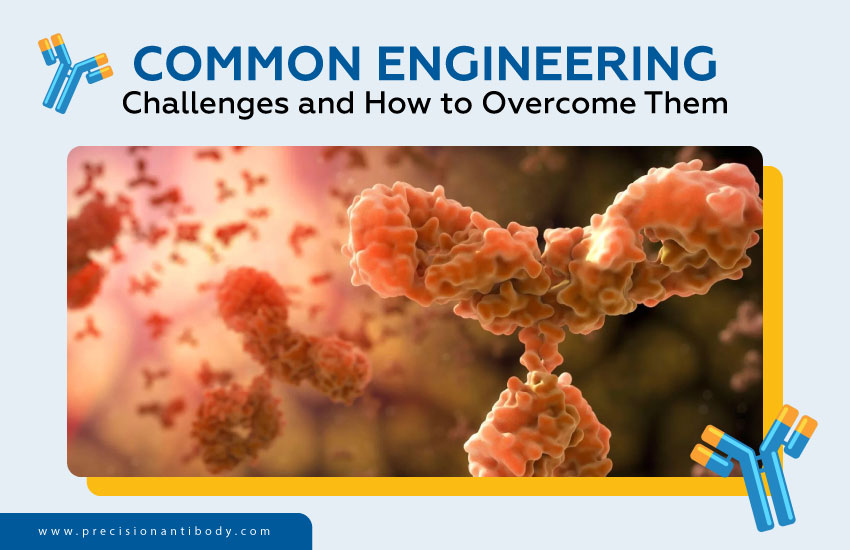
As antibody engineering has revolutionized therapy development by enabling the creation of specific and effective antibodies the journey from concept to application presents various challenges. Let’s examine these hurdles and explore research inspired strategies to address them.
The challenge: Research as well as therapeutic uses depend on large quantities of recombinant antibodies. Low expression levels can result, nevertheless, from things like poor codon use, mRNA instability and ineffective secretion routes.
Approaches:
The challenge: Reducing immunogenicity requires humanizing non-human antibodies, yet this procedure may unintentionally alter the antibody’s binding affinity and specificity.
Approaches:
The Challenge: By their Fc regions, antibodies can interact to activate immunological effector functions, producing either complement-dependent cytotoxicity (CDC) or antibody dependent cellular cytotoxicity (ADCC). Although useful in some situations unexpected effector functions can lead to off-target consequences.
Approaches:
Isotope selection: Selecting antibody isotypes with natural effector function profiles that complement therapeutic objectives is known as isotopic selection.
The Challenge: Therapeutic antibodies can induce immunological responses that result in the synthesis of anti-drug antibodies (ADAs) either neutralizing the therapeutic impact or generating side effects.
Approaches:
By tackling these challenges with smart engineering and thorough testing we’re making great strides in developing safe and effective therapeutic antibodies which hold promise for treating a range of diseases.

Proposing a therapeutic antibody to market can be quite a challenge. However working with a skilled partner like Precision Antibody can make this process much smoother. They blend deep scientific knowledge with cutting edge technology helping to speed up the journey from research to market.
Over the past ten years we’ve seen several key technologies really make their mark in the development of biologics. These technologies have played a crucial role in creating successful products and advancing our understanding in this field.
These new developments help speed things up, improve precision and lower the chances of failure in clinical trials.
A smoothly functioning workflow is essential for tackling challenges effectively and achieving reliable outcomes.
Here are some key elements to consider:
By integrating these phases developers can tackle major bottlenecks early and reduce the cost of late stage failure.
Antibody programs that include streamlined workflows tend to have a better chance of succeeding during development and when scaling up.
Antibody engineering has made amazing strides. We’ve come a long way in transforming complex biological tools into life saving treatments. Researchers have improved therapeutic precision and reduced immunogenicity using strategies like humanization, Fc engineering, bispecific formats and antibody drug conjugates.
Technologies like phage display site directed mutagenesis and computational modeling are changing how we design antibodies. Even though there are challenges such as low expression yields and keeping the binding after humanization modern methods like codon optimization and structural modeling help tackle these issues.
As these innovations keep growing, teaming up with seasoned antibody development providers like Precision Antibody makes it easier to move from research to clinical use. Their integrated workflows, AI driven tools and advanced screening platforms really speed up the journey to market without compromising on therapeutic quality.
Antibody engineering is changing the game in modern medicine. It’s preparing the ground for a time when treatments, especially in oncology, autoimmune diseases and infectious diseases will be more individualized and successful.
If you’re interested in learning more you should definitely reach out to our blog section. We share tons of expert insights and it’s a great way to connect with others who are just as passionate about the science shaping the future of medicine. What do you think?
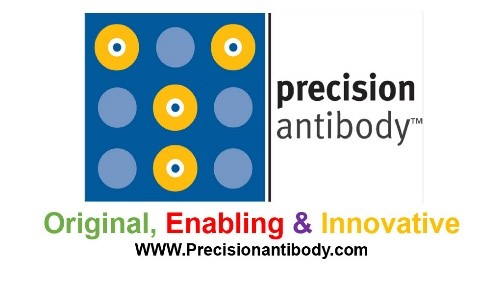
Led by innovative minds in immunology and the antibody development field, Precision Antibody has been an industry leader for over 20 years. We not only implement a cutting-edge technique in antigen design, antibody development, production, and other analyses, but we are also constantly working on ways to improve and advance technology to match the ever-changing world of science. If you are interested in learning more about Precision Antibody’s Custom Antibody development.
Precision Antibody™ is the forefront of the global Custom Antibody industry & it is led by the innovative minds in immunology and antibody development field.